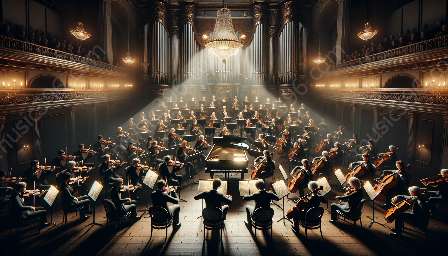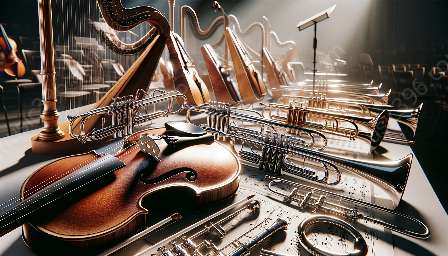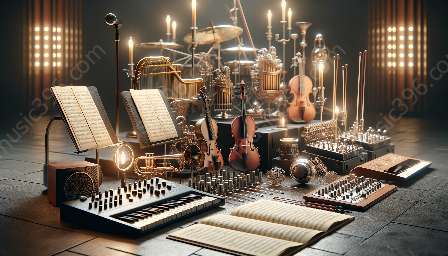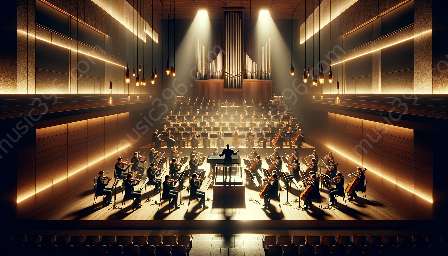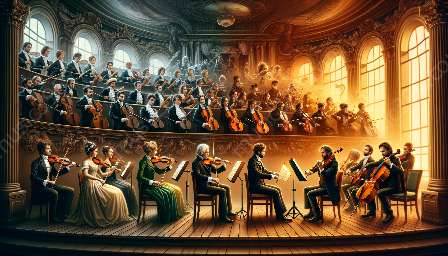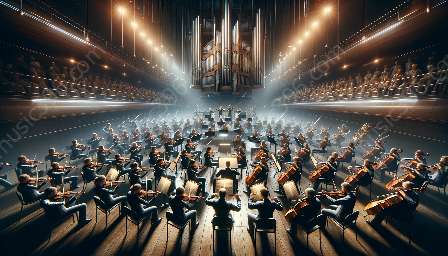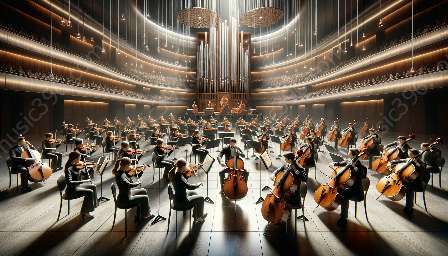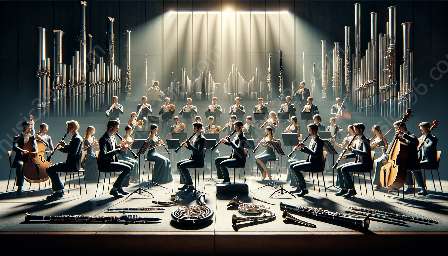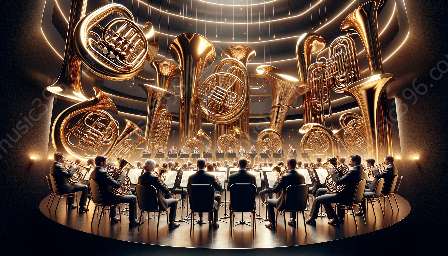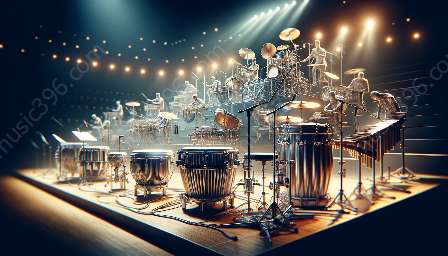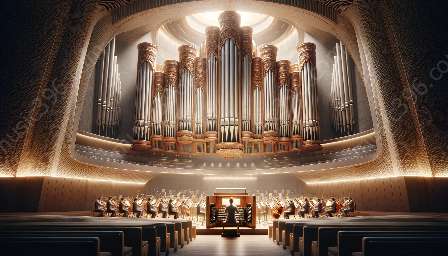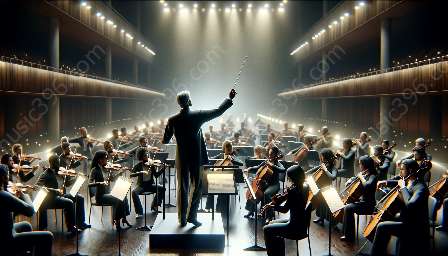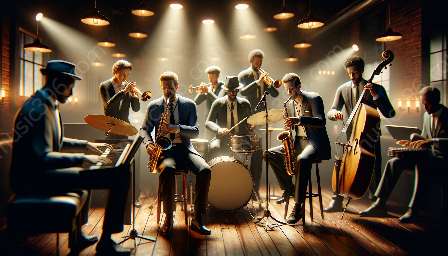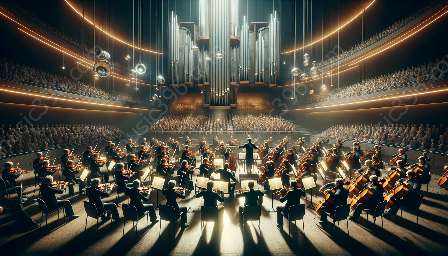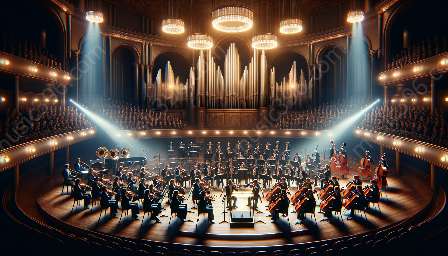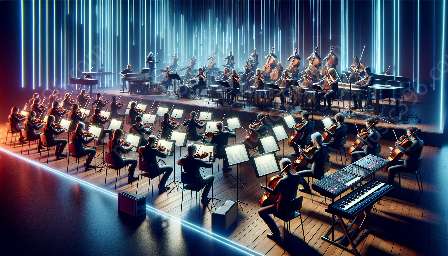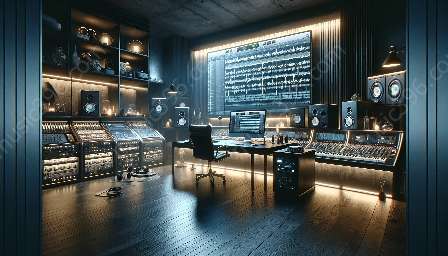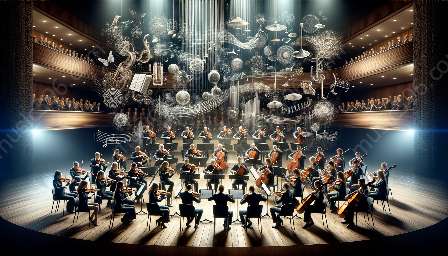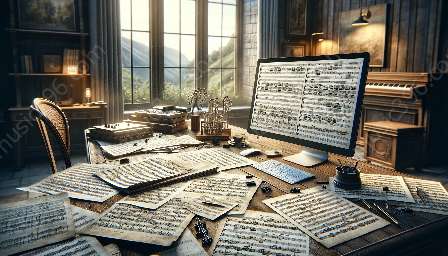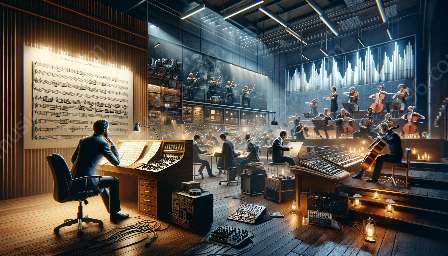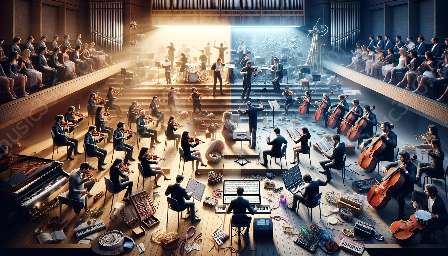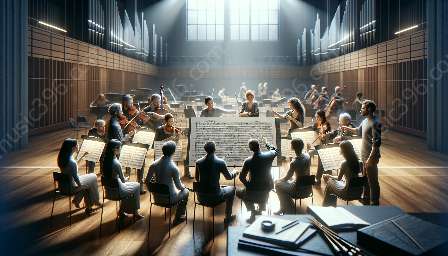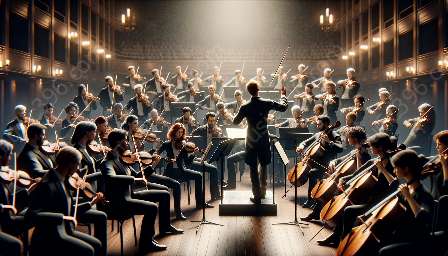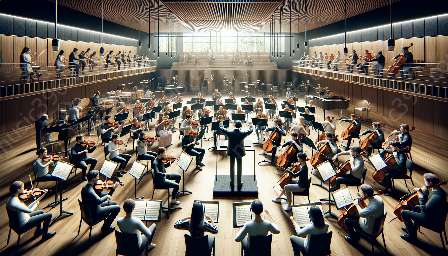Orchestration has a rich history that has evolved over centuries, influencing live performances and studio recordings. Understanding the differences between the two is crucial for musicians, composers, and music enthusiasts. In this article, we will delve into the history of orchestration and explore the nuances of live performance versus studio recording orchestration.
The History of Orchestration
Orchestration, the art of arranging and organizing music for an orchestra, has a fascinating history that spans centuries. Throughout the Baroque, Classical, Romantic, and modern eras, composers have developed and refined orchestration techniques, creating a rich tapestry of musical expression.
In the Baroque period, composers such as Johann Sebastian Bach and George Frideric Handel explored the possibilities of orchestration with the emergence of new instruments and ensembles. The Classical era, epitomized by composers like Wolfgang Amadeus Mozart and Joseph Haydn, saw the establishment of the symphony orchestra as we know it today, with standardized instrumentation and innovative use of musical form.
The Romantic period brought about a new level of orchestral richness, with composers like Ludwig van Beethoven, Franz Schubert, and Pyotr Ilyich Tchaikovsky pushing the boundaries of orchestration to evoke intense emotions and dramatic contrasts.
As the 20th century unfolded, orchestration continued to evolve, with composers such as Igor Stravinsky, Claude Debussy, and Maurice Ravel experimenting with new sounds and instrumental combinations, expanding the possibilities of orchestral music.
Orchestration
Orchestration encompasses the art of choosing and combining instruments within an ensemble to convey a composer's musical ideas effectively. It involves considering the timbre, range, and technical capabilities of each instrument to create a balanced and expressive sound. Orchestration also involves understanding how instruments blend and contrast with one another to create the desired sonic impact.
Live Performance Orchestration
Live orchestral performances offer a unique and immersive experience for both musicians and audiences. The acoustics of the performance venue, the energy of the live musicians, and the immediate feedback from the audience contribute to the dynamic nature of live orchestral music.
In a live performance setting, orchestrators must consider the spatial arrangement of instruments, the acoustical qualities of the venue, and the interaction between the conductor and the musicians. The nuances of live performance orchestration include adapting to the acoustics of different concert halls, adjusting dynamics and articulations in real time, and creating a cohesive sonic blend that resonates with the audience.
An understanding of orchestration is essential for conductors and instrumentalists, as they work together to bring the composer's vision to life in a live setting. The interplay of instruments, the emotive quality of the music, and the organic nature of live performance make orchestration a vital aspect of the concert experience.
Studio Recording Orchestration
Studio recordings provide a different set of considerations for orchestration. In a controlled studio environment, orchestrators have the advantage of capturing precise sonic details and nuances that may be challenging to achieve in a live setting. The recording process allows for multiple takes, meticulous editing, and the use of advanced recording techniques to achieve a polished and cohesive sound.
Orchestrators and recording engineers must work closely to capture the full spectrum of orchestral timbres, balance the mix, and apply spatial effects for a captivating listening experience. Techniques such as close miking, reverb, and panning are used to enhance the depth and richness of the orchestral sound in studio recordings.
Furthermore, studio recording orchestration often involves layering individual instrument tracks, experimenting with microphone placements, and utilizing studio technology to achieve a pristine and finely crafted sonic outcome. The meticulous approach to studio recording orchestration allows for complete control over the sonic palette and enables orchestrators to refine the musical expression with precision.
The Interplay of Orchestration in Live Performance and Studio Recording
While live performance and studio recording orchestration present distinct challenges and opportunities, they are interconnected in their impact on musical expression. Orchestration, whether in a live or studio setting, serves as the bridge between the composer's vision and the realization of musical works.
The history of orchestration provides a rich tapestry of techniques and artistic innovations that continue to influence live performances and studio recordings. By understanding the historical context and technical intricacies of orchestration, musicians and listeners can deepen their appreciation of orchestral music and the art of musical arrangement.
Conclusion
From the historical evolution of orchestration to the nuances of live performance and studio recording orchestration, the art of orchestrating music for orchestras has shaped the course of musical history. To fully appreciate the interplay of orchestration in live performances and studio recordings, one must recognize the depth of expertise, creativity, and technical skill that orchestrators bring to their craft.
By exploring the dynamic relationship between orchestration, live performance, and studio recording, we gain a deeper understanding of the complexities and artistry involved in bringing orchestral music to life.

